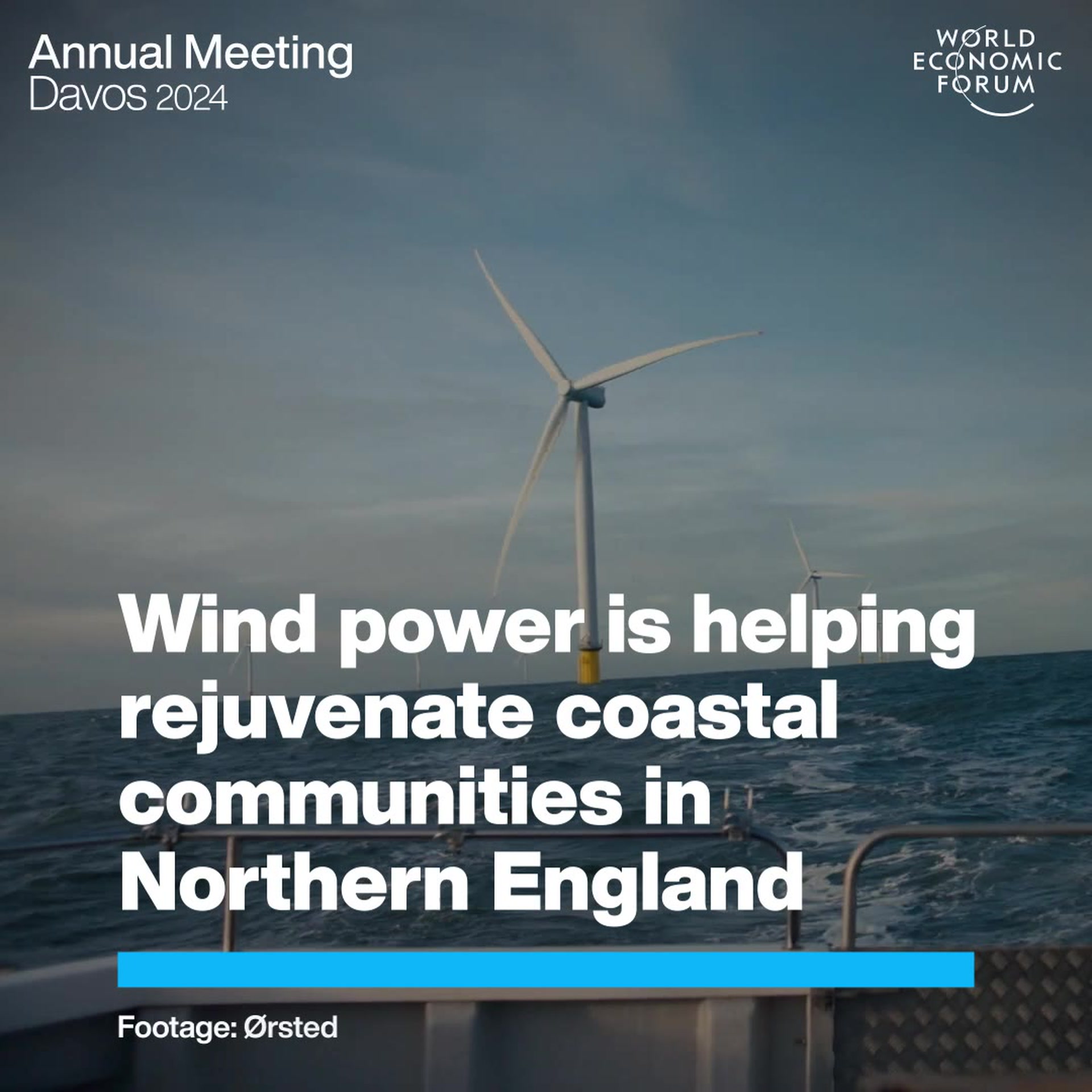This Swedish start-up is building an electric airliner

The first fully electric airplane on grass. Image: REUTERS/Borut Zivulovic

Get involved with our crowdsourced digital platform to deliver impact at scale
Stay up to date:
Electricity
Listen to the article
- A Swedish startup has joined the race to build the world’s first electric airplane.
- The 30-seat ES-30 regional airliner is due to be in service by the end of the decade.
- Rivals include a 100-seat all-electric version of the BAE-146 regional jet.
How do you reduce the carbon impact of flying? For many, electric planes are the answer but, until now, it’s not been possible to apply the technology to airliners. Now, a Swedish start-up says it’s found a way to make electric airplanes a reality.
Gothenburg-based Heart Aerospace was already test-flying a scale model of a 19-seat electric commuter plane, which attracted interest and orders for 100 aircraft from US-based United and Mesa Airlines, Reuters reported.
Now it’s announced plans to switch the programme from the commuter plane to building a full-size four-engine 30 seat short-range airliner. United and Mesa have agreed to move their orders to the new plane, known as the ES-30.
The ES-30 is designed for short routes currently flown by conventional turbo-prop planes and will have a fully electric range of 200km, which can be extended to 400km on hybrid power. If payload is cut to 25 people, range rises to 800km, all with normal safety reserves, Heart Aerospace says.
With level floor three-abreast seating, overhead cabin luggage bins, a galley and a lavatory the interior will resemble larger airliners. As well as cabin stowage, it will feature a large external cargo baggage and cargo compartment.
Air Canada is so impressed by the electric airplane’s promised performance and green credentials that it’s placed an order for 30 aircraft and is investing in the project. So, too, is Swedish aerospace company Saab. Each business has invested US$5 million in the project.
“We are thrilled to have two such strong partners as Saab and Air Canada join our mission to electrify regional air travel,” said Anders Forslund, founder and CEO of Heart Aerospace. “Air Canada is a strategically important partner with one of the world’s largest networks operated by regional turboprops,” he added.
Global orders for the ES-30 electric airplane
In addition to the orders already placed, letters of intent have been placed for 96 further ES-30s from major airlines including Scandinavian Airlines, Icelandair and Sounds Air of New Zealand together with a major Swedish leasing company.

“The ES-30 is an electric airplane that the industry can actually use,” said Forslund. “We have designed a cost-efficient airplane that allows airlines to deliver good service on a wide range of routes.
“With the ES-30 we can start cutting emissions from air travel well before the end of this decade and the response from the market has been fantastic.” At shorter ranges the ES-30 will generate zero emissions but even in hybrid mode it will create half the CO2 of a conventional turboprop airliner, he said.
Because its four engines will be electric, the ES-30 will be much quieter than an equivalent propeller driven plane and Heart says the electric engines will be much cheaper to maintain than their fossil fuel counterparts.
Safety margins
Although the plane’s propellers will be driven by electric motors, it will carry two turbo generators powered by sustainable aviation fuel, which will guarantee that the aircraft can meet airline standards for reserve power in the event of having to divert to another airport.
To date, the largest electric powered plane to take to the skies is the single engine 14-seat Magnix eCaravan, an all-electric version of the Cessna Grand Caravan 208B utility plane, which had its first flight in May 2020.
Magnix’s electric motors also power the Eviation Alice, a nine seater all-electric commuter plane, which made a successful maiden flight in September 2022.

But bigger electric airplanes are in development. Wright Electric’s Spirit is a 100-seat electric conversion of the BAe-146 regional jetliner. The company says it will be capable of flying routes of one hour and be ready to enter service in 2026.
What is the World Economic Forum doing to reduce aviation's carbon footprint?
The World Economic Forum’s July 2022 report Target True Zero: Unlocking Sustainable Battery and Hydrogen-Powered Flight said even with forecast battery developments the maximum range of electric airplanes would be around 400km by 2035, rising to 600km by 2050.
“Extending the range of these aircraft beyond this limit would require the use of breakthrough battery technologies, the development and commercialization of which are extremely difficult to forecast,” it added.
In the short term, and for long-haul flights, sustainable aviation fuel (SAF) offers a way to cut emissions. The Forum’s Clean Skies for Tomorrow initiative is urging the development of new ways of producing SAF using renewable electricity from wind, solar, hydropower and other green sources along with captured carbon dioxide.
Don't miss any update on this topic
Create a free account and access your personalized content collection with our latest publications and analyses.
License and Republishing
World Economic Forum articles may be republished in accordance with the Creative Commons Attribution-NonCommercial-NoDerivatives 4.0 International Public License, and in accordance with our Terms of Use.
The views expressed in this article are those of the author alone and not the World Economic Forum.
Related topics:
The Agenda Weekly
A weekly update of the most important issues driving the global agenda
You can unsubscribe at any time using the link in our emails. For more details, review our privacy policy.
More on ElectricitySee all
Francisco Laverón, Randolph Brazier, Natalia Zabolotnikova and Xabier Mugarza Zorriqueta
March 26, 2024
Johnny Wood
February 8, 2024
Cristen Hemingway Jaynes
February 5, 2024
Jamie Wylie and Adrienne Gibbs
January 18, 2024
January 17, 2024






